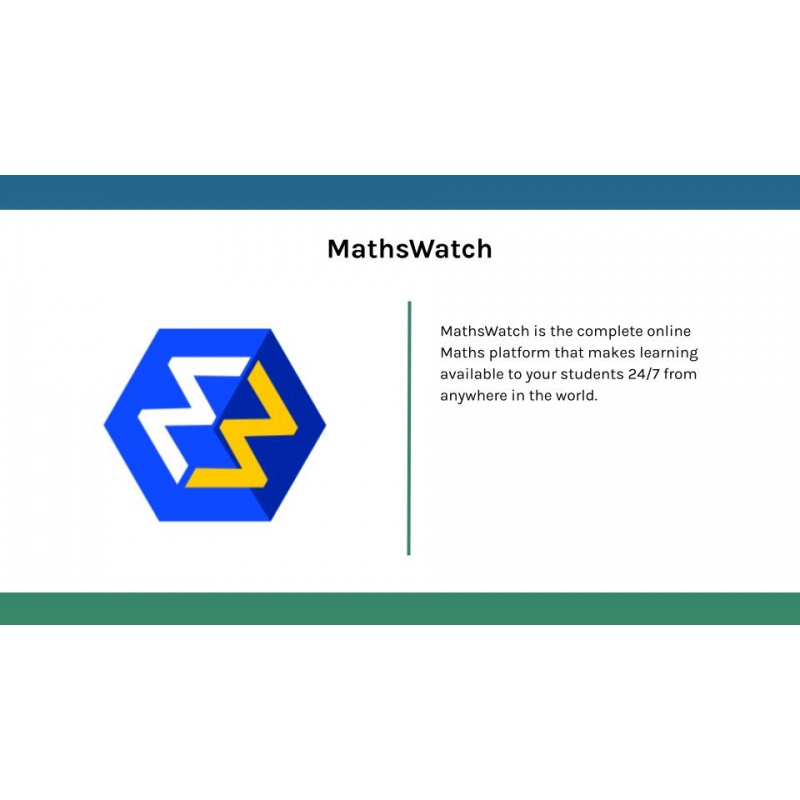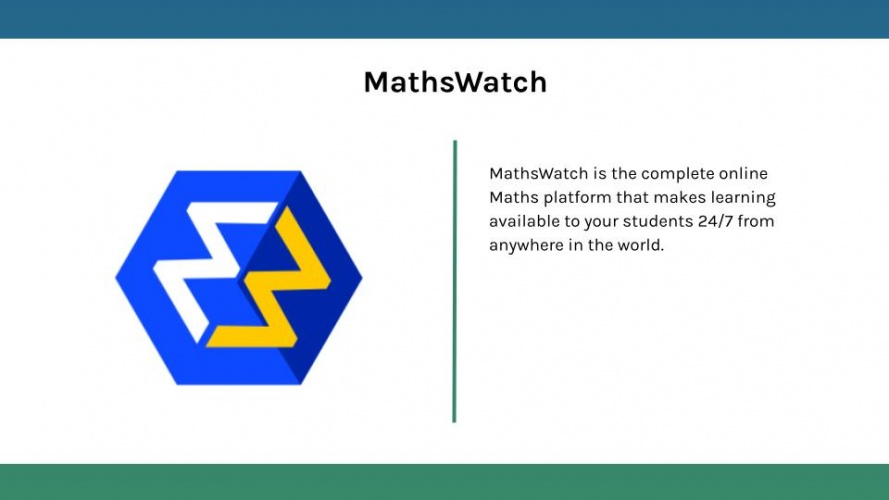Simplify and manipulate algebraic expressions (including those involving surds {and algebraic fractions}) by factorising quadratic expressions of the form x2 + bx + c, including the difference of two squares; {factorising quadratic expressions of the form ax2 + bx + c}.
{describe the changes and invariance achieved by combinations of rotations, reflections and translations}.
Interpret and use fractional {and negative} scale factors for enlargements.
Can solve problems by applying their mathematics to a variety of routine and nonroutine problems with increasing sophistication, including breaking down problems into a series of simpler steps and persevering in seeking solutions.
Reason mathematically by following a line of enquiry, conjecturing relationships and generalisations, and developing an argument, justification or proof using mathematical language.
Become fluent in the fundamentals of mathematics, including through varied and frequent practice with increasingly complex problems over time, so that pupils develop conceptual understanding and the ability to recall and apply knowledge rapidly and accurately.
Deduce expressions to calculate the nth term of linear {and quadratic} sequences.
Recognise and use sequences of triangular, square and cube numbers, simple arithmetic progressions, Fibonacci type sequences, quadratic sequences, and simple geometric progressions (r n where n is an integer, and r is a positive rational number {or a surd}) {and other sequences}.
Solve linear inequalities in one {or two} variable{s}, {and quadratic inequalities in one variable}; represent the solution set on a number line, {using set notation and on a graph}.
Translate simple situations or procedures into algebraic expressions or formulae; derive an equation (or two simultaneous equations), solve the equation(s) and interpret the solution.
{find approximate solutions to equations numerically using iteration}.
Solve two simultaneous equations in two variables (linear/linear {or linear/quadratic}) algebraically; find approximate solutions using a graph.
Solve quadratic equations {including those that require rearrangement} algebraically by factorising, {by completing the square and by using the quadratic formula}; find approximate solutions using a graph.
{recognise and use the equation of a circle with centre at the origin; find the equation of a tangent to a circle at a given point}.
{calculate or estimate gradients of graphs and areas under graphs (including quadratic and other non-linear graphs), and interpret results in cases such as distance-time graphs, velocity-time graphs and graphs in financial contexts}.
Plot and interpret graphs (including reciprocal graphs {and exponential graphs}) and graphs of non-standard functions in real contexts, to find approximate solutions to problems such as simple kinematic problems involving distance, speed and acceleration.
{sketch translations and reflections of the graph of a given function}.
Recognise, sketch and interpret graphs of linear functions, quadratic functions, simple cubic functions, the reciprocal function y = 1/x with x ≠ 0 {the exponential function y = kx for positive values of k, and the trigonometric functions (with arguments in degrees)y = sin x, y = cos x and y = tan x for angles of any size.
Identify and interpret roots, intercepts and turning points of quadratic functions graphically; deduce roots algebraically {and turning points by completing the square}.
Use the form y mx c = + to identify parallel {and perpendicular} lines; find the equation of the line through two given points, or through one point with a given gradient.
Where appropriate, interpret simple expressions as functions with inputs and outputs; {interpret the reverse process as the ‘inverse function’; interpret the succession of two functions as a ‘composite function’}.
Know the difference between an equation and an identity; argue mathematically to show algebraic expressions are equivalent, and use algebra to support and construct arguments {and proofs}.
Simplify and manipulate algebraic expressions (including those involving surds {and algebraic fractions}) bysimplifying expressions involving sums, products and powers, including the laws of indices.
Select appropriate concepts, methods and techniques to apply to unfamiliar and nonroutine problems; interpret their solution in the context of the given problem.
Model situations mathematically and express the results using a range of formal mathematical representations, reflecting on how their solutions may have been affected by any modelling assumptions.
Make and use connections between different parts of mathematics to solve problems.
Develop their use of formal mathematical knowledge to interpret and solve problems, including in financial contexts.
Develop their mathematical knowledge, in part through solving problems and evaluating the outcomes, including multi-step problems.
Assess the validity of an argument and the accuracy of a given way of presenting information.
Explore what can and cannot be inferred in statistical and probabilistic settings, and express their arguments formally.
Interpret when the structure of a numerical problem requires additive, multiplicative or proportional reasoning.
Reason deductively in geometry, number and algebra, including using geometrical constructions.
Make and test conjectures about the generalisations that underlie patterns and relationships; look for proofs or counter-examples; begin to use algebra to support and construct arguments {and proofs}.
Extend their ability to identify variables and express relations between variables algebraically and graphically.
Extend and formalise their knowledge of ratio and proportion, including trigonometric ratios, in working with measures and geometry, and in working with proportional relations algebraically and graphically.
Use mathematical language and properties precisely.
Move freely between different numerical, algebraic, graphical and diagrammatic representations, including of linear, quadratic, reciprocal, {exponential and trigonometric} functions.
Extend fluency with expressions and equations from key stage 3, to include quadratic equations, simultaneous equations and inequalities.
Consolidate their algebraic capability from key stage 3 and extend their understanding of algebraic simplification and manipulation to include quadratic expressions, {and expressions involving surds and algebraic fractions}.
Select and use appropriate calculation strategies to solve increasingly complex problems, including exact calculations involving multiples of π {and surds}, use of standard form and application and interpretation of limits of accuracy.
Consolidate their numerical and mathematical capability from key stage 3 and extend their understanding of the number system to include powers, roots {and fractional indices}.
Use and interpret scatter graphs of bivariate data; recognise correlation and know that it does not indicate causation; draw estimated lines of best fit; make predictions; interpolate and extrapolate apparent trends whilst knowing the dangers of so doing.
Apply statistics to describe a population.
Interpret, analyse and compare the distributions of data sets from univariate empirical distributions through appropriate measures of central tendency (including modal class) and spread {including quartiles and inter-quartile range}.
Interpret, analyse and compare the distributions of data sets from univariate empirical distributions through appropriate graphical representation involving discrete, continuous and grouped data, {including box plots}.
{construct and interpret diagrams for grouped discrete data and continuous data, i.e. histograms with equal and unequal class intervals and cumulative frequency graphs, and know their appropriate use}.
Interpret and construct tables and line graphs for time series data.
Infer properties of populations or distributions from a sample, whilst knowing the limitations of sampling
Set up, solve and interpret the answers in growth and decay problems, including compound interest {and work with general iterative processes}.
{interpret the gradient at a point on a curve as the instantaneous rate of change; apply the concepts of instantaneous and average rate of change (gradients of tangents and chords) in numerical, algebraic and graphical contexts}.
Interpret the gradient of a straight line graph as a rate of change; recognise and interpret graphs that illustrate direct and inverse proportion.
Understand that X is inversely proportional to Y is equivalent to X is proportional to 1 / Y ; {construct and} interpret equations that describe direct and inverse proportion.
Convert between related compound units (speed, rates of pay, prices, density, pressure) in numerical and algebraic contexts.
Compare lengths, areas and volumes using ratio notation and/or scale factors; make links to similarity (including trigonometric ratios).
{calculate and interpret conditional probabilities through representation using expected frequencies with two-way tables, tree diagrams and Venn diagrams}.
Calculate the probability of independent and dependent combined events, including using tree diagrams and other representations, and know the underlying assumptions.
Use a probability model to predict the outcomes of future experiments; understand that empirical unbiased samples tend towards theoretical probability distributions, with increasing sample size.
Apply the property that the probabilities of an exhaustive set of mutually exclusive events sum to one.
Apply and interpret limits of accuracy when rounding or truncating, {including upper and lower bounds}.
Identify and work with fractions in ratio problems.
{change recurring decimals into their corresponding fractions and vice versa}.
Calculate with numbers in standard form A 10n, where 1 ≤ A < 10 and n is an integer.
Calculate exactly with fractions, {surds} and multiples of π; {simplify surd expressions involving squares [for example 12 4 3 4 3 2 3 = ×= × = ×] and rationalise denominators}.
Calculate with roots, and with integer {and fractional} indices.
{estimate powers and roots of any given positive number}.
Apply systematic listing strategies, {including use of the product rule for counting}.
Apply addition and subtraction of vectors, multiplication of vectors by a scalar, and diagrammatic and column representations of vectors; {use vectors to construct geometric arguments and proofs}.
Describe translations as 2D vectors.
{know and apply Area = 1/2ab sinC to calculate the area, sides or angles of any triangle}.
{know and apply the sine rule, a / sinA = b / sinB = c / sinC, and cosine rule, a2 = b2 + c2 - 2bc cosA, to find unknown lengths and angles}.
Know the exact values of sin θ cos θ for 0 = 0, 30, 45, 60 and 90; know the exact value of tan θ for θ = 0, 30, 45 and 60.
Apply Pythagoras’ Theorem and trigonometric ratios to find angles and lengths in right-angled triangles {and, where possible, general triangles} in two {and three} dimensional figures.
Apply the concepts of congruence and similarity, including the relationships between lengths, {areas and volumes} in similar figures.
Calculate surface areas and volumes of spheres, pyramids, cones and composite solids.
Construct and interpret plans and elevations of 3D shapes.
Calculate arc lengths, angles and areas of sectors of circles.
Interpret and use bearings.
{apply and prove the standard circle theorems concerning angles, radii, tangents and chords, and use them to prove related results}.
Identify and apply circle definitions and properties, including: centre, radius, chord, diameter, circumference, tangent, arc, sector and segment.




User reviews for Mathswatch
You need to log in to post a review.